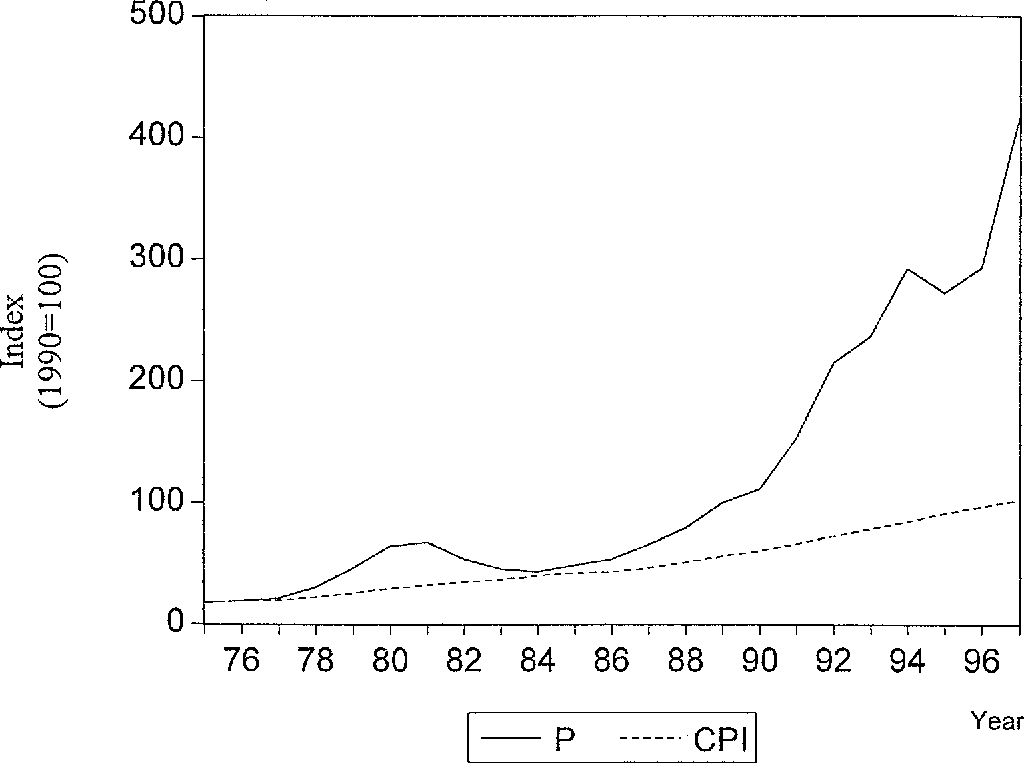

Characteristics which prove to be important in explaining condominium prices are: the floor space area of the unit, the total land area of the building, the number of units in the building, the total number of stories in the building, the height of the sold unit, the age of the structure and the amount of excess land. The paper extends the builder's model which was developed in Eurostat (2013). There is very little information on the value of condominium land and so this paper develops a methodology for reducing this knowledge gap. Equation (1) shows the simplest form of hedonic regression models: y a0 +. The problem is complicated by the need to decompose the selling price of a unit into a component that can be attributed to the structure area of the unit and another component that can be attributed to the unit's share of land value. Regression analysis is the one used to determine the factors that affect the product or real estate price. Please e-mail to learn more about how LitiNomics can assist your case with hedonic regression and conjoint analysis.The paper fits a hedonic regression model to the sales of condominium units in Tokyo over the period 2000–2015. Hedonic regression refers to a revealed preference approach applied in consumer science and economics to determine the variables relative importance that affects the price of service or good. Similar to hedonic regression, conjoint analysis can be helpful when estimating the value of a product's specific components and features.

Analysis of these trade-offs can reveal the value (or "part worth") that respondents place on specific attributes of a product.
#Hedonic regression series#
Conjoint AnalysisĬonjoint analysis is a survey method that presents a series of trade-offs to research participants. In patent cases, the Federal Circuit has demanded more rigorous investigation and economic analysis of the value of the specific patented innovation we see hedonic regression as a potentially useful tool in this regard. For example, hedonic regression can be used to estimate the value of components and features of a particular product.
#Hedonic regression full#
Nonparametric models provide full flexibility, but can suffer from the curse of dimensionality. Such models impose also restrictive assumptions on preferences (Ekeland et al. Fully parametric linear models can impose restrictions that do not accommodate the unknown data generating process.

It can be a powerful analytical tool that's beneficial in many contexts. Hedonic regression is the basis for each of the three economic applications. Hedonic regression is a method for estimating values of different product characteristics. In economics, hedonic regression or hedonic demand theory is a revealed preference method of estimating the demand for a good, or equivalently its value to. We contribute our expertise in economics, finance, and accounting - along with our litigation experience - to assist outside experts in developing analyses and meeting case deadlines. In economics, hedonic regression or hedonic demand theory is a revealed preference method of estimating demand or value. Because these regressions can be used to shed light on many important issues and because data on house sales are widely available, hedonic regressions are perhaps the most widely used empirical tool in urban economics and local public finance. In the case of lease extension, it is the unexpired. Validating Stated Preference Surveys Through The Use Of Hedonic Regression Models With An Application To Housing Prices Around Transit Oriented Developments. We have relationships with faculty at leading universities and industry experts in hedonic regression and conjoint analysis. A regression of house value or rent on housing and neighborhood characteristics is called a hedonic regression. Hedonic regression is a statistical method used to isolate the effect on value of a single variable.


 0 kommentar(er)
0 kommentar(er)
